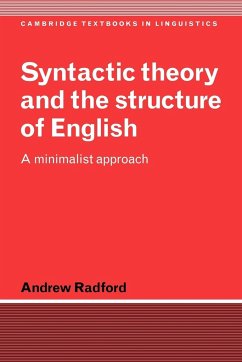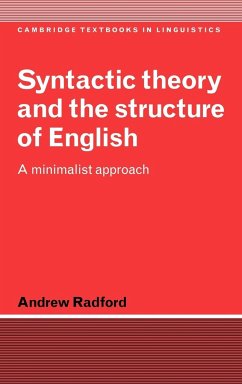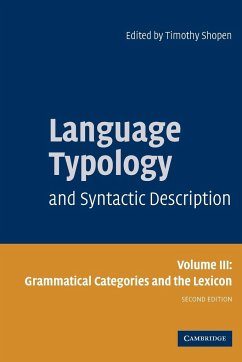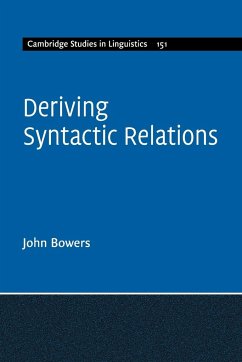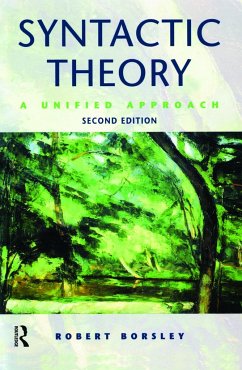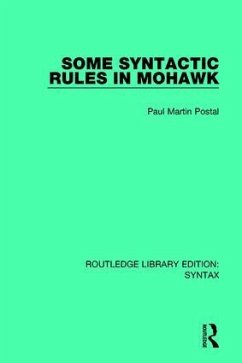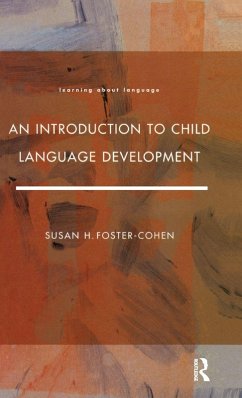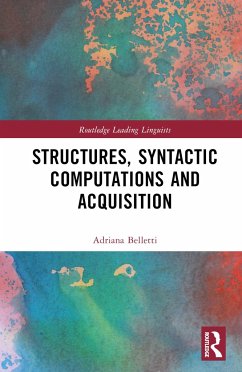
The Syntactic Structures of Korean
Versandkostenfrei!
Versandfertig in 1-2 Wochen
37,99 €
inkl. MwSt.

PAYBACK Punkte
19 °P sammeln!
The Syntactic Structures of Korean offers a remarkably broad yet in-depth empirical and theoretical coverage of popular contemporary topics in Korean syntax and semantics. It is an invaluable resource for undergraduate and graduate students of linguistics seeking an insightful and systematic critique of existing literature, and viable solutions.





